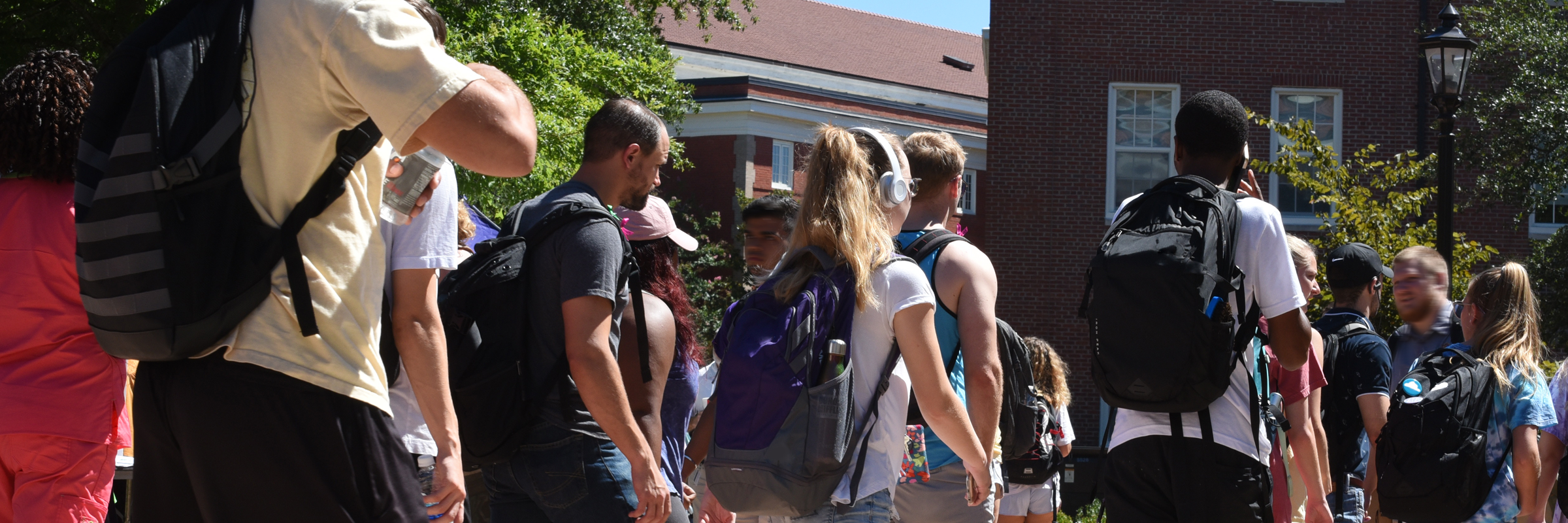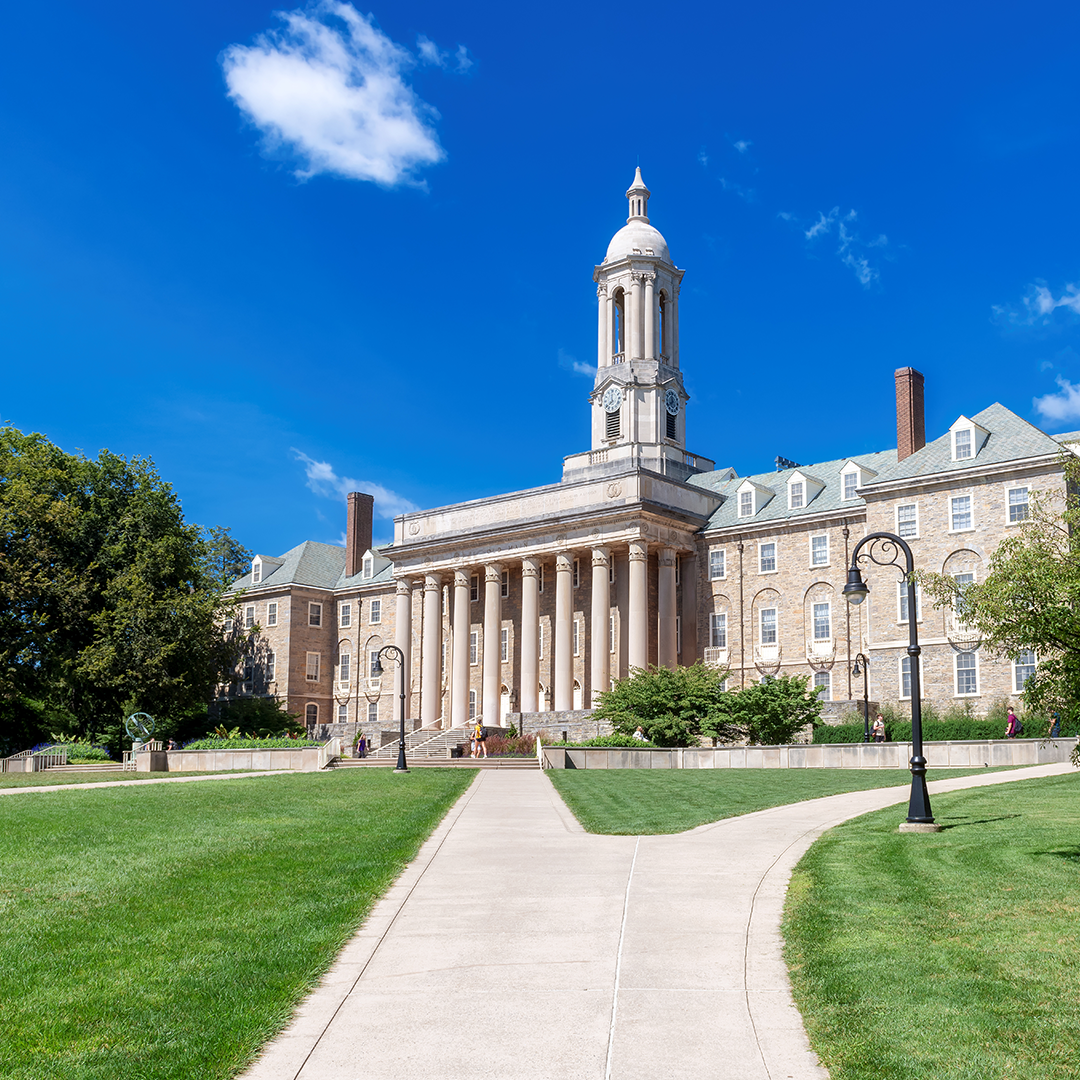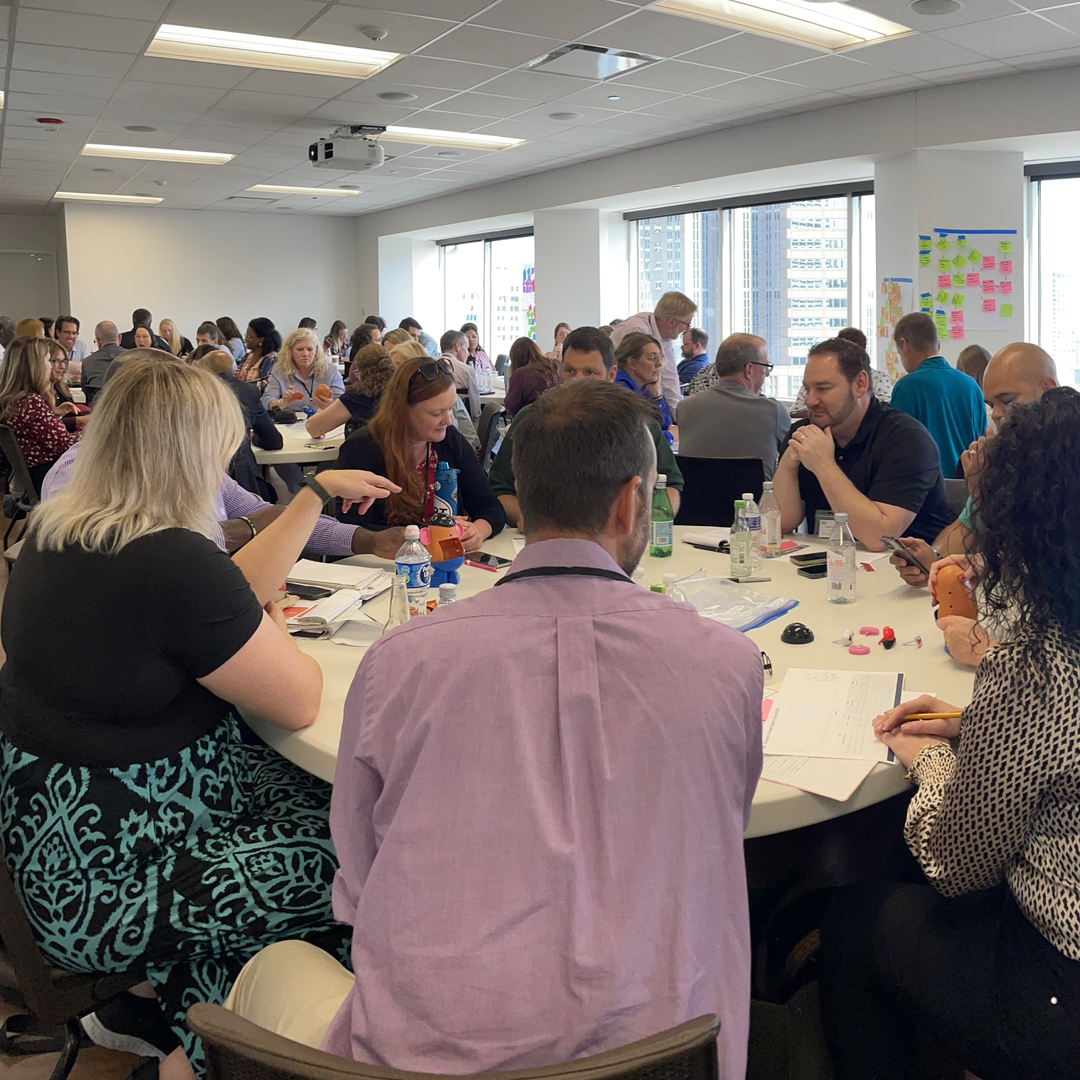Center for Postsecondary Improvement
Helping Higher Education Learn to Improve and Improve How it Learns
The Center for Postsecondary Improvement is NASH’s hub for learning, testing, and spreading what works. Built to bring improvement science into the higher education sector, the Center supports higher education systems and their campuses in solving their most urgent challenges through collaboration, rapid testing and spreading of practices that deliver results, and shared learning.
Our Vision
A world in which Improvement Science is used as the base methodology to understand, diagnose, unpack, and solve the problems of practice facing higher education institutions today to create the highest quality education delivery system for students, professionals, and our nation.
Improvement science in higher education exists to bridge the divide between the knowledge that something can work and the knowledge of how to actually make it work reliably over diverse contexts and populations. The adoption of this approach has led to breakthrough results, such as in transfer student enrollment, where nearly all participating campuses saw year-over-year increases in transfer enrollment, including +22 point increase, campus-wide.

The traditional model of change in higher education is slow, top-down, and often disconnected from implementation. Our improvement science methodology flips that model on its head by:
- Empowering those closest to the problem to design and test solutions
- Creating a culture of continuous learning and iteration
- Making space for failure as part of the path to success
- Generating insights that are grounded in lived experience, not abstract theory
The result is not just innovation, it’s reliable, replicable change at scale.
Our commitment is to increase adoption of improvement science methodologies, tools, and deep learning experiences to the higher education sector for systems and their campuses, associations and other higher education organizations committed to making changes to improve student success. If you’re committed to change and looking for breakthrough results, we’re who you’ve been looking for.
This is not a think tank. It’s a place for improving outcomes for students and the performance of the institutions that serve them.
Our Impact
Through many Improvement Science initiatives there are significant impacts observed on participant’s campuses. The following examples are from the Transfer Student Success NIC:

Transfer Student Enrollment Gains
In Illinois, at UI-Urbana Champaign, the institution increased transfer enrollments by 22 points campus-wide over two years.
In Texas, Prairie View A&M University implemented a suite of improvements that resulted in a 16 point increase in transfer student enrollments between Spring ‘22 and Spring ’23.
In Kentucky, a new partnership between sender-and-receiver institutions SKY-CTC and Western Kentucky University resulted in a 57 point increase in first-time transfer student enrollment between the two institutions between Spring ‘23 and Spring ’24.
In Pennsylvania, at Kutztown University, developing individualized student success plans for potential transfer students led to a 72% increase in transfer enrollments within a department.

Understanding Variation Between System Policy and Campus Reality
A team decided to test whether their internal systems were consistent with system-wide transfer-friendly policies. By conducting an audit on all recently matriculated transfer students to determine how the transfer credit pathways were working, the team found a gap between how incoming credits should have been awarded and what the current process was awarding.
The initial audit revealed that 456 students were due additional transfer credits. In total, 2,414 credits were able to be awarded to these transfer students, representing an average of 5.3 credits per student. This finding allowed the campus to award these credits immediately, and shortened time to degree for current students.
Improvement Science in Action
These efforts reflect NASH's commitment to helping systems lead transformational change and deliver on the full promise of public higher education.



